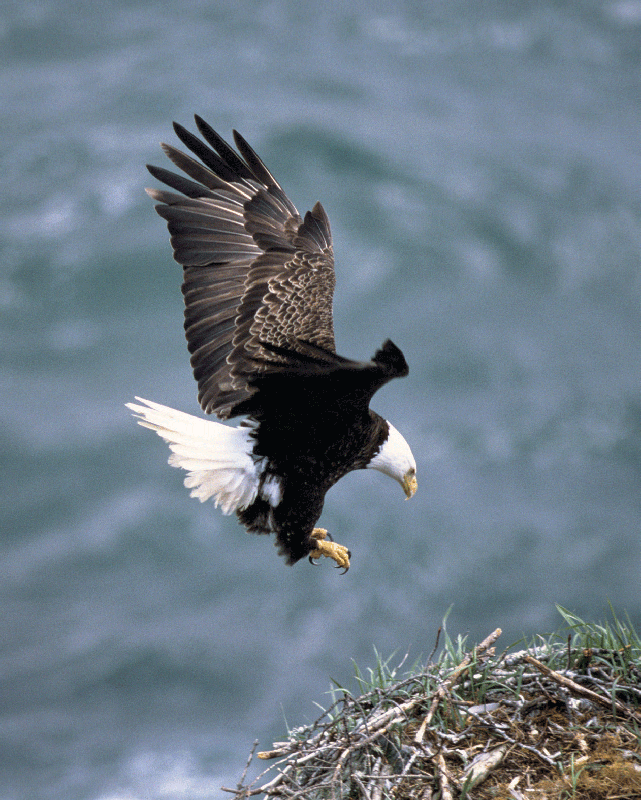Protecting wild birds from lead poisoning
The Association of Avian Veterinarians in October announced its support for replacing lead hunting ammunition and fishing tackle with nontoxic alternatives to prevent poisoning in free-ranging birds.
Given the harmful effects of ingesting lead-based tackle and ammunition, the AAV adopted the following policy: “The Association of Avian Veterinarians recognizes that lead is a potent toxin to wild birds that can have individual- and population-level effects. Therefore, the AAV advocates the replacement of lead-based sporting ammunition and fishing tackle with non-lead alternatives.”

Association membership includes veterinarians from private practice, zoos, universities, and industry. The AAV explained in a statement that many wild avian species can be exposed to lead shotgun pellets or bullets and fragments by consuming game, offal, or residue from dressed carcasses. Additionally, ingestion of lost lead weights and fishing tackle is well-documented in swans and loons.
“Mortality and morbidity from exposure to concentrated sources of lead from fishing tackle and ammunition has been documented in water birds, ducks, swans and loons, in upland game—doves and quail—and scavengers—condors and eagles—for decades,” said AAV President Sharman Hoppes in the statement.
“A recently published study examining bald eagles admitted to rehabilitation facilities suggests that more than three-quarters of the bald eagles have elevated lead levels and 25 percent of these are fatal,” Dr. Hoppes continued.
“In addition, meat with lead fragments pose(s) health risks to people eating contaminated meat.”
Restrictions on lead in fishing tackle have been instituted in parts of the United Kingdom, Canada, and the United States. In the 1990s, restrictions on using lead ammunition for hunting waterfowl, including coots, in North America successfully reduced lead-caused mortality in these species and predatory birds.
“These results suggest we can effectively reduce the risks of lead poisoning in these species,” Dr. Hoppes noted.
The AAV says several varieties of approved and effective, lead-free ammunition and fishing tackle are available. For these reasons, the association is advocating for the replacement of lead-based sporting ammunition and fishing tackle. The organization also recognizes the need for collaboration among all affected stakeholders to develop educational materials about lead intoxication and encourage appropriate regulatory and enforcement action.
The AAV position statement and backgrounder are posted at www.aav.org in the Resources section.